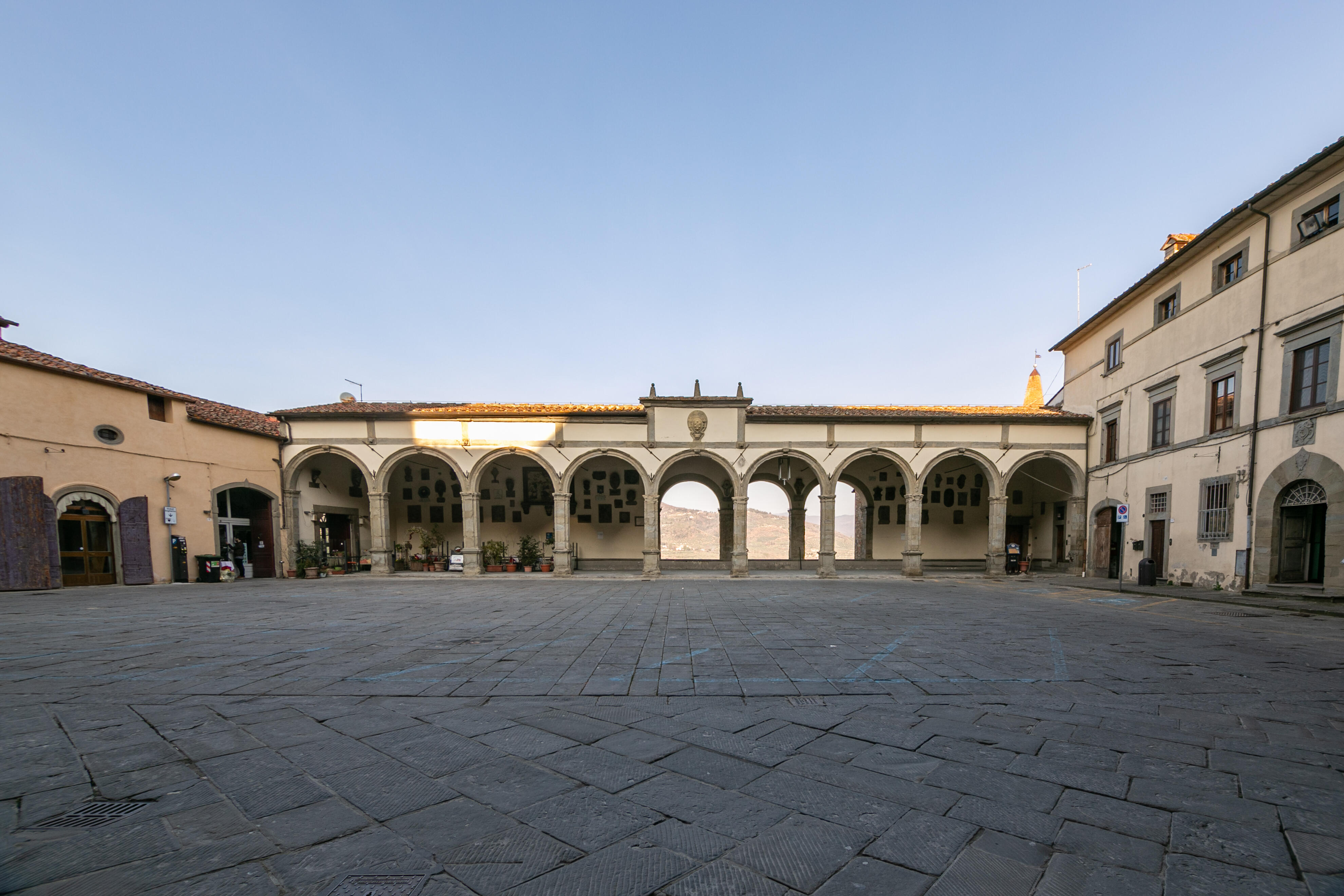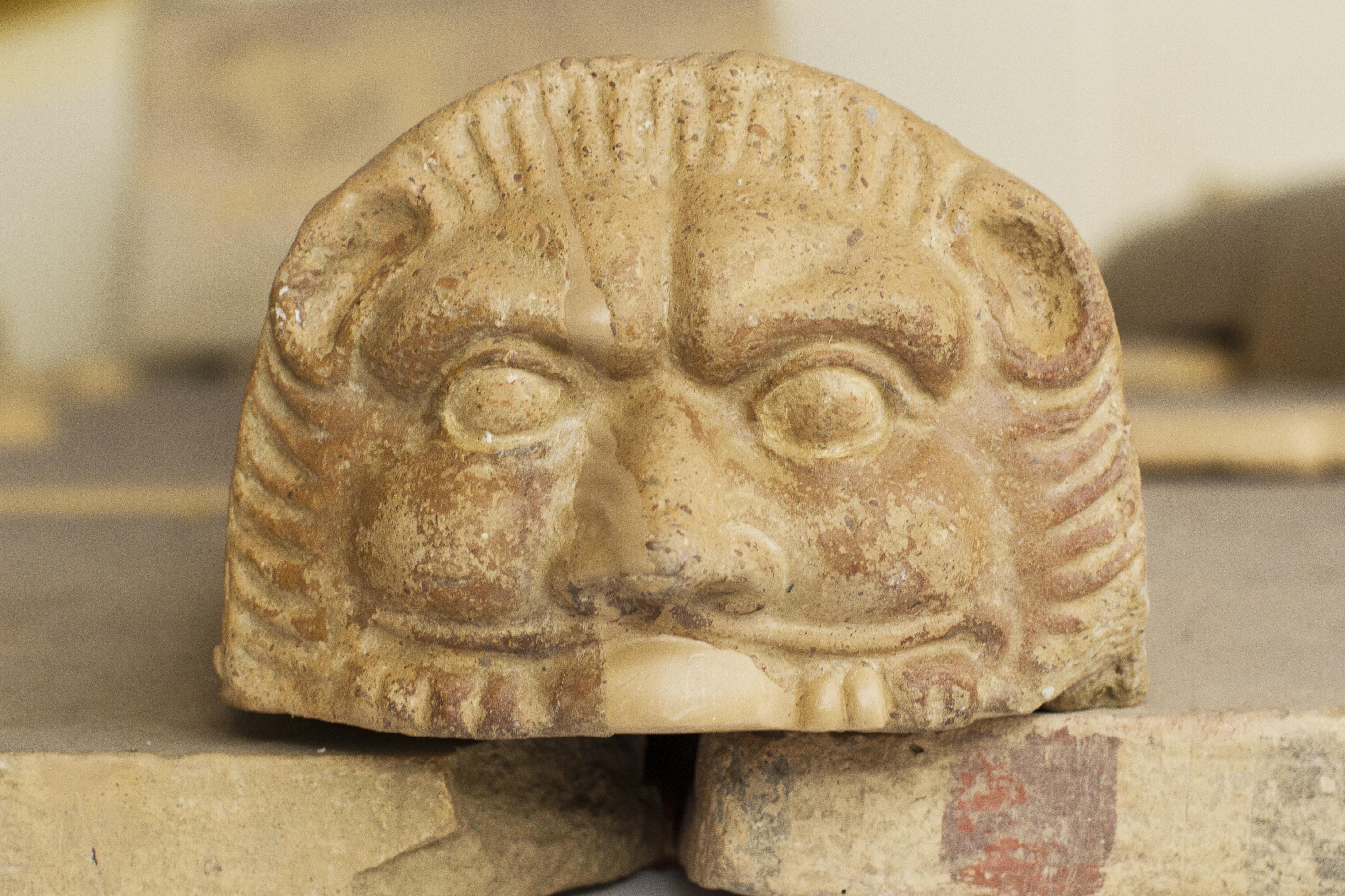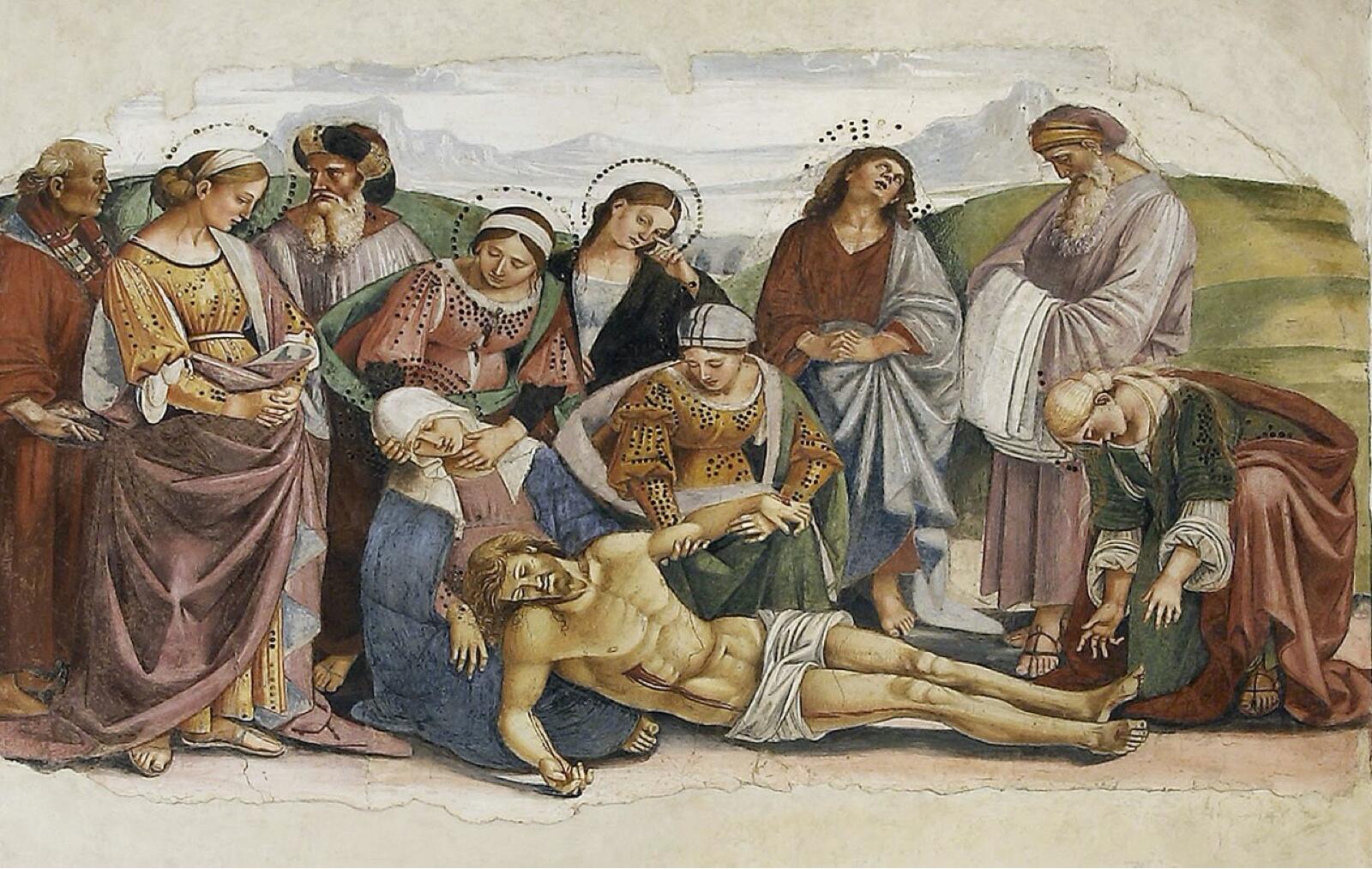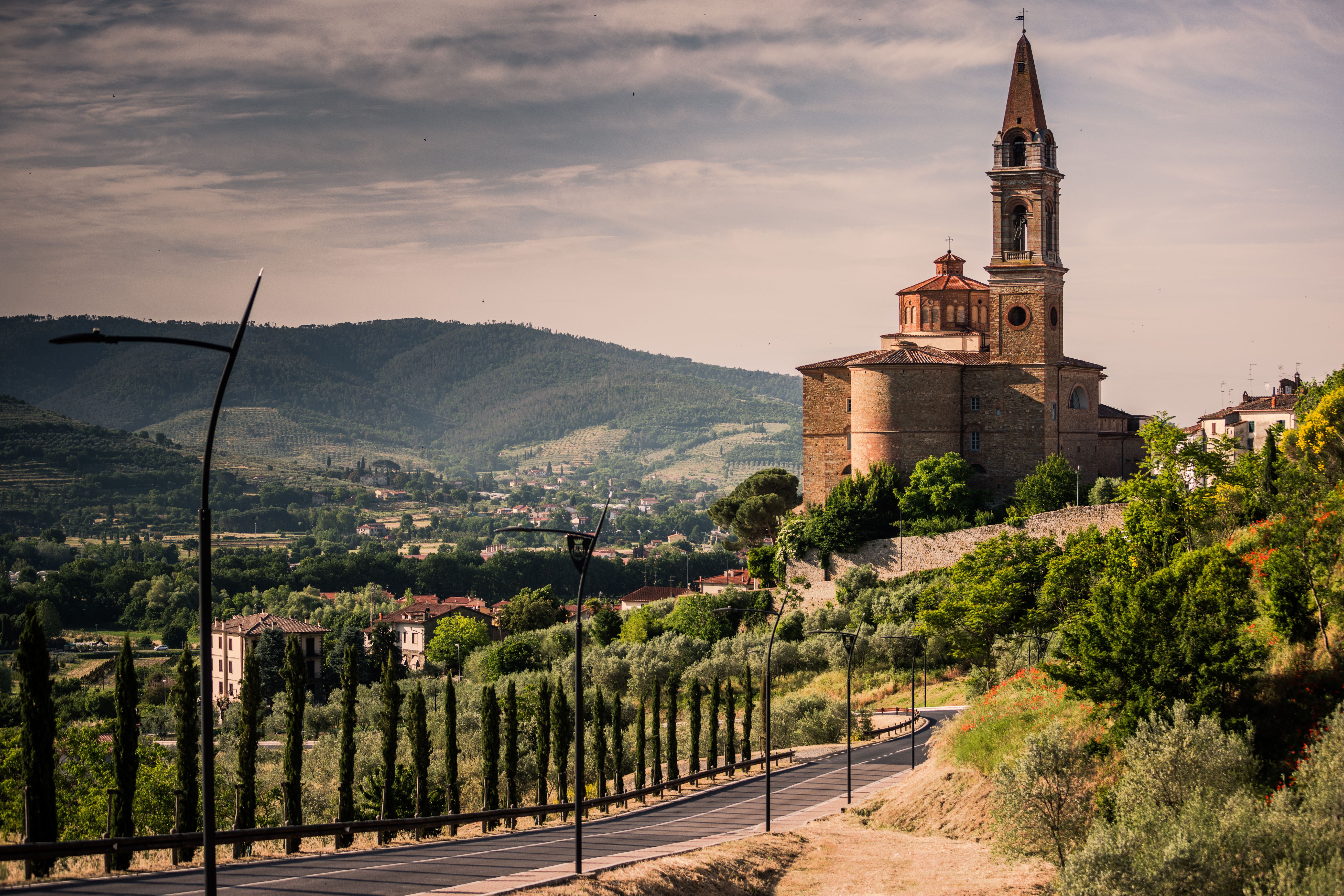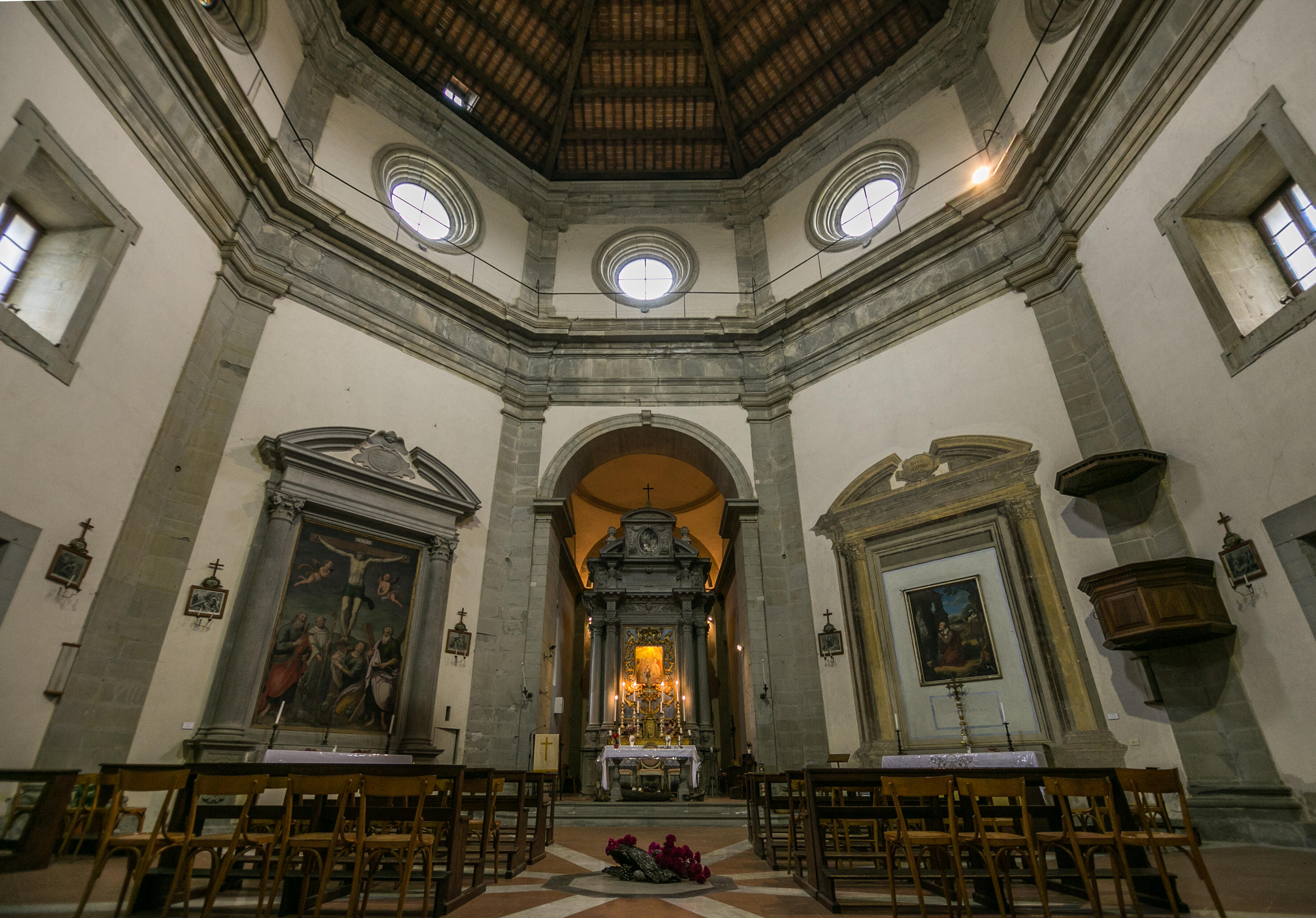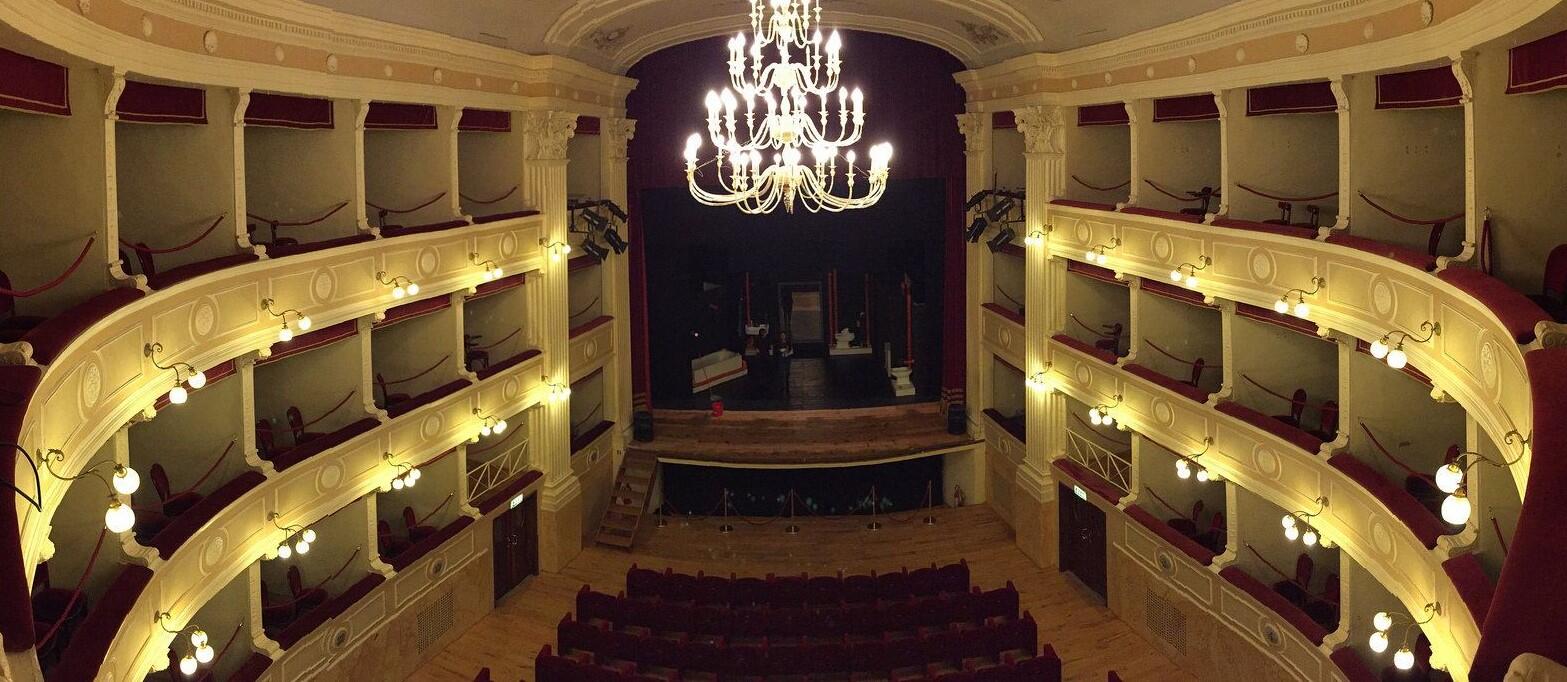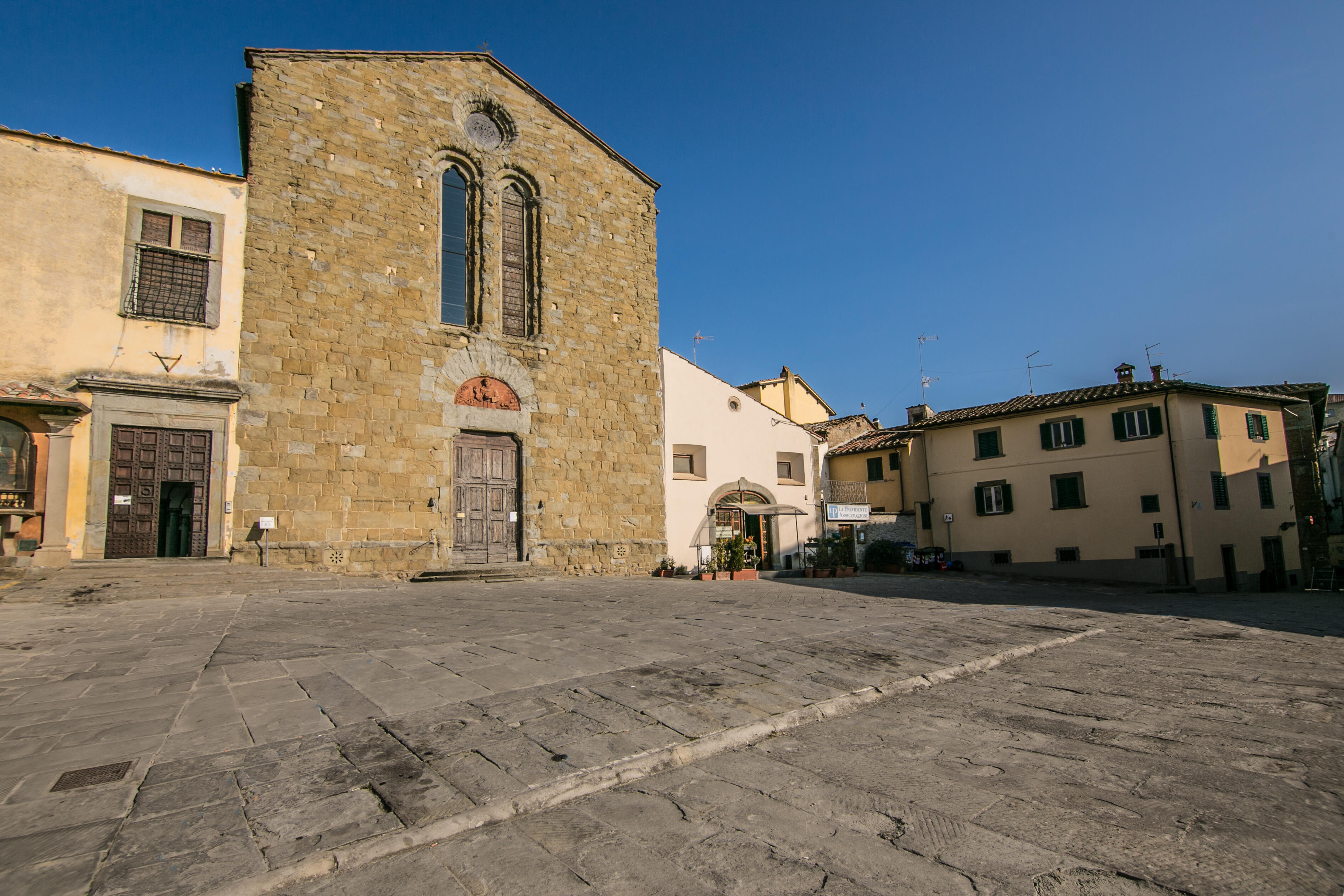POINT OF INTEREST
CHURCHES
Church of Jesus
The building, constructed by the Congregation of the Most Holy Sacrament between 1527 and 1545, is adjacent to the ancient Parish Church of San Giuliano (Pieve Vecchia).
The building, constructed by the Congregation of the Most Holy Sacrament between 1527 and 1545, is adjacent to the ancient Parish Church of San Giuliano (Pieve Vecchia). The church is preceded by a portico with five round arches and cross vaults, supported by six stone pillars.
Given the significant difference in level of the site, it extends over three floors: the first incorporates the ancient city gate of San Giuliano, the middle floor houses an oratory with cross vaults and fresco decorations, while at the level of the square was located the Oratory of the Sacrament, or of the Gesù. It was so named because the high altar contained a wooden crucifix from the school of Baccio da Montelupo, dating back to the early 16th century.
This altar, like the Sepulchre of Luca Buonomini on the wall, was created in 1608 by Filippo Berrettini.
Inside, the church features a single nave dominated by an extraordinary wooden coffered ceiling with carved and gilded motifs from the Passion, created in 1615 by Niccolò Becci in collaboration with Sallustio Lombardi.
The wooden sculptures are precious: the aforementioned 15th-century crucifix and a 17th-century Dead Christ, a processional statue by a Roman sculptor.
On the right altar, you can admire the Resurrection (1599) by Francesco Vanni, while opposite is a Last Supper (1586) by Francesco Morandini.
The other four canvases, depicting episodes from the Passion of Christ, are the work of the Sienese artist Mazzuoli.
Images that tell a story
Welcome to our gallery: a collection of images that tell moments, emotions, and details that often escape words. Each shot is a fragment of history, a memory to share, a perspective to explore. Browse and let yourself be inspired.
How to Get Here
Address:
Piazza della Collegiata, 4, 52043 Castiglion Fiorentino AR
52043 Castiglion Fiorentino (Ar)
Contacts
Below are our contacts through which you can reach us:
Share the page
Below are our references through which you can contact us:


 ITA
ITA
